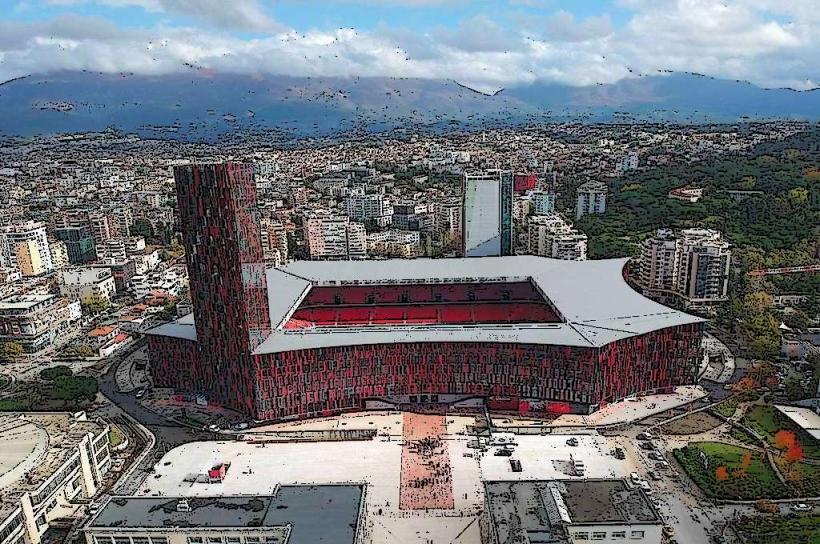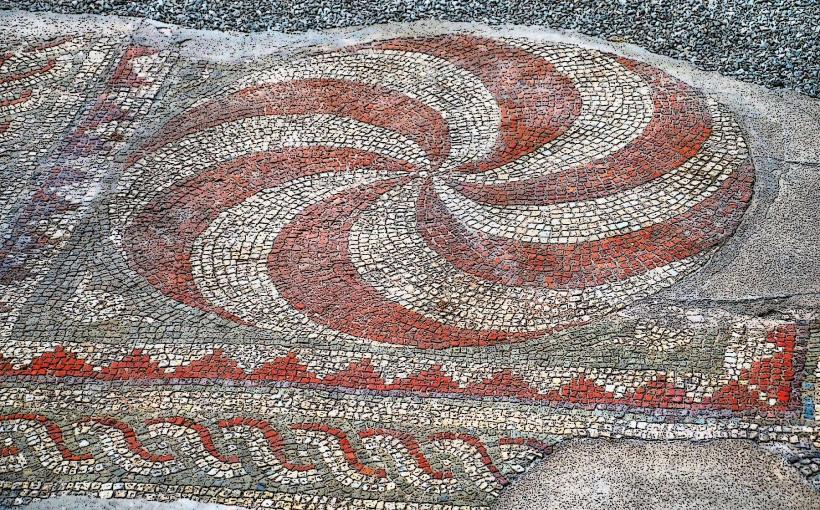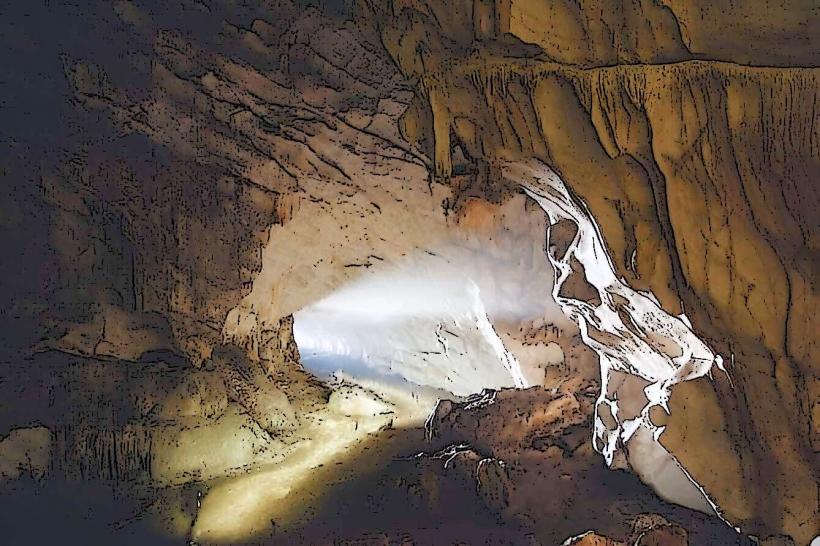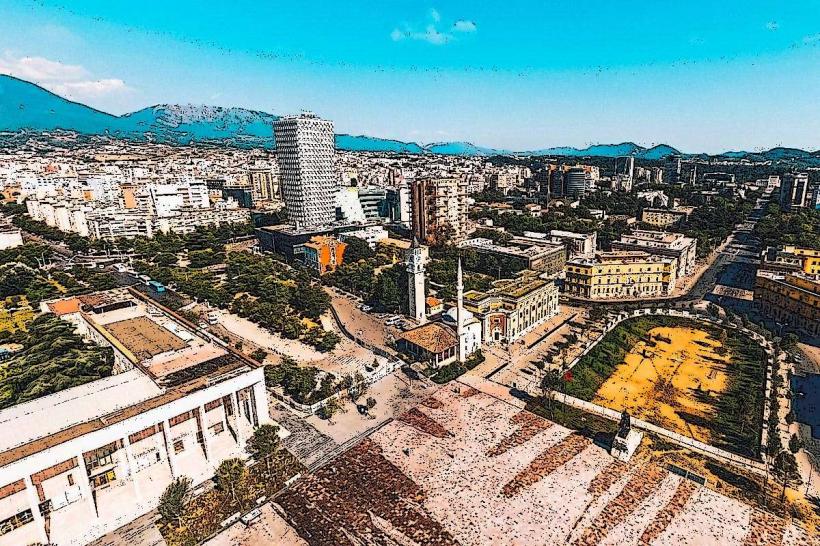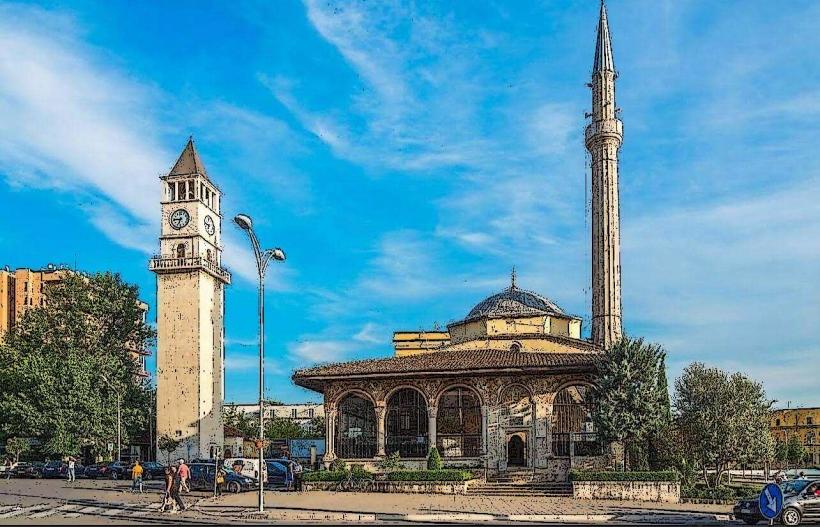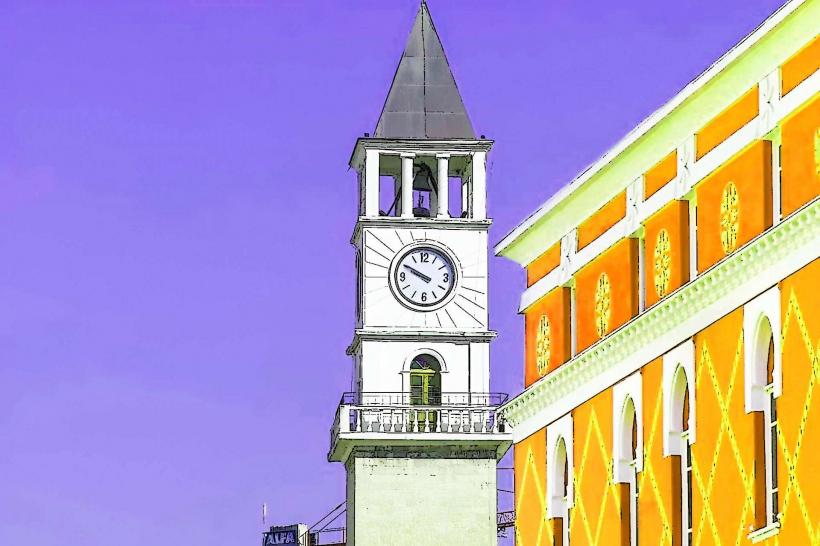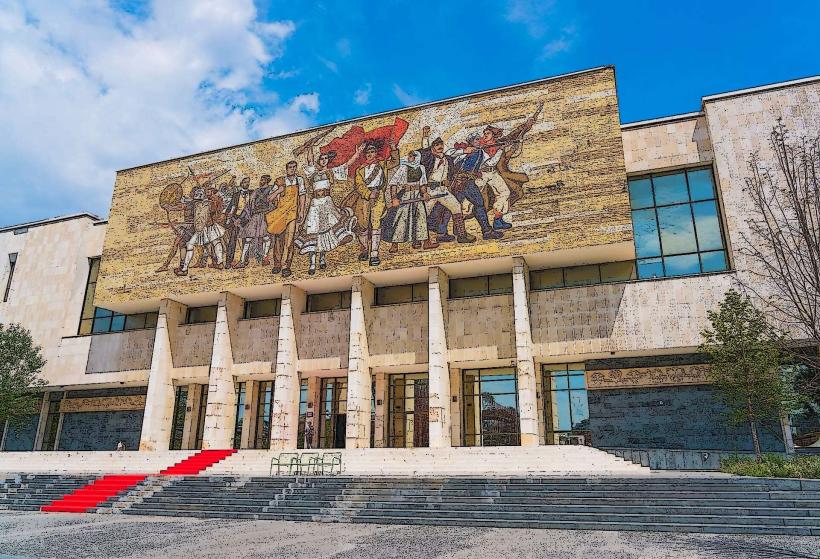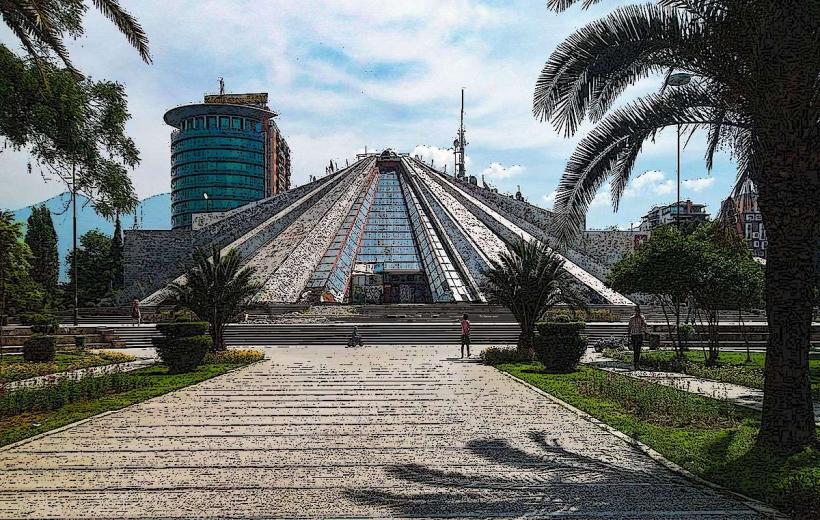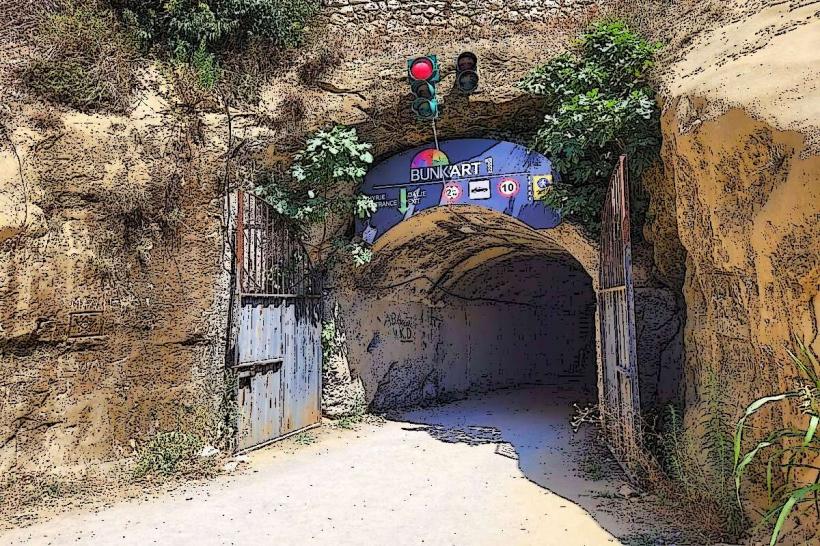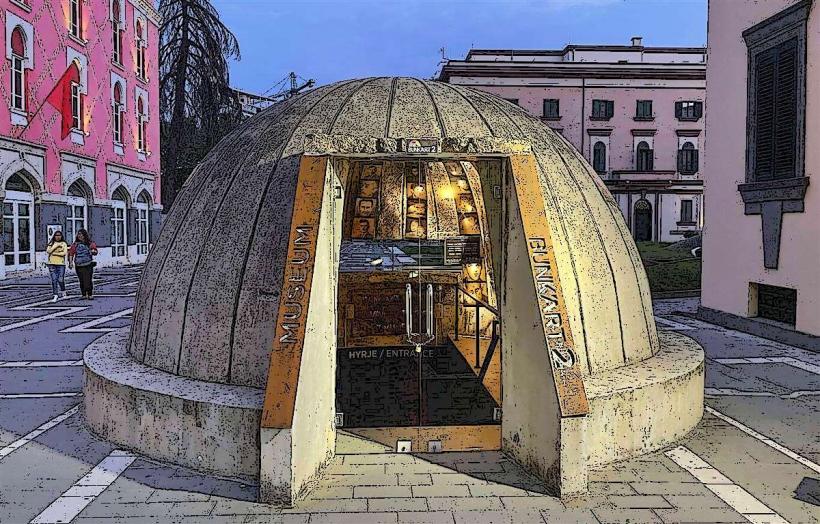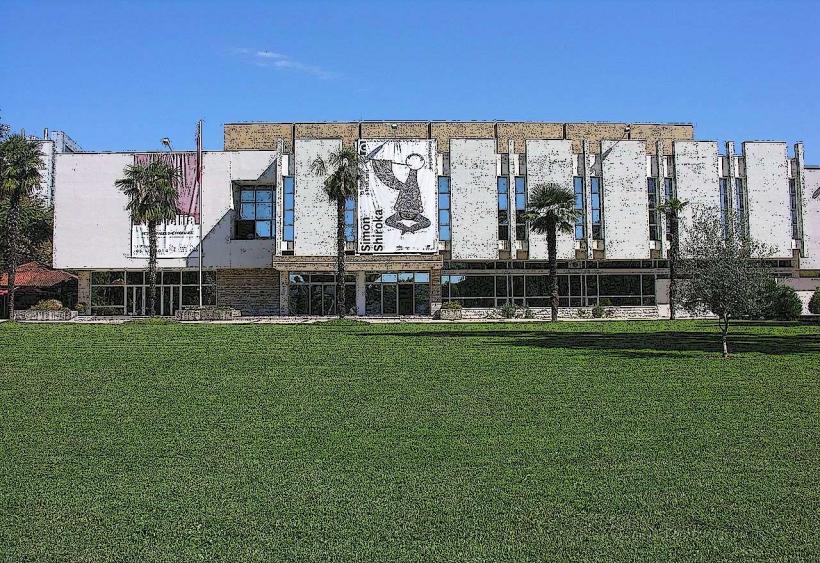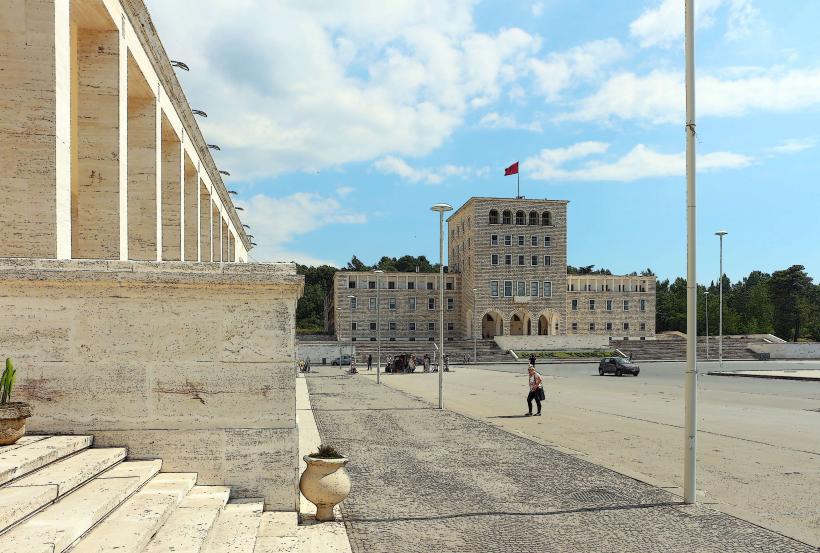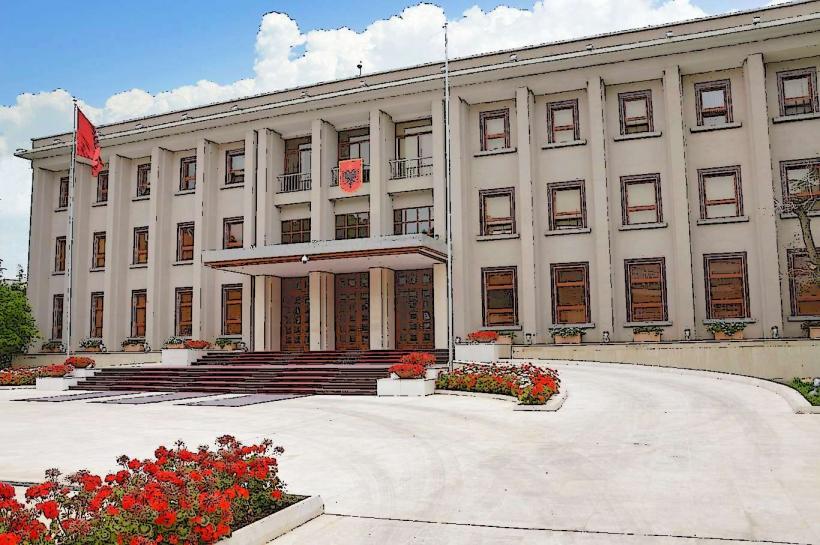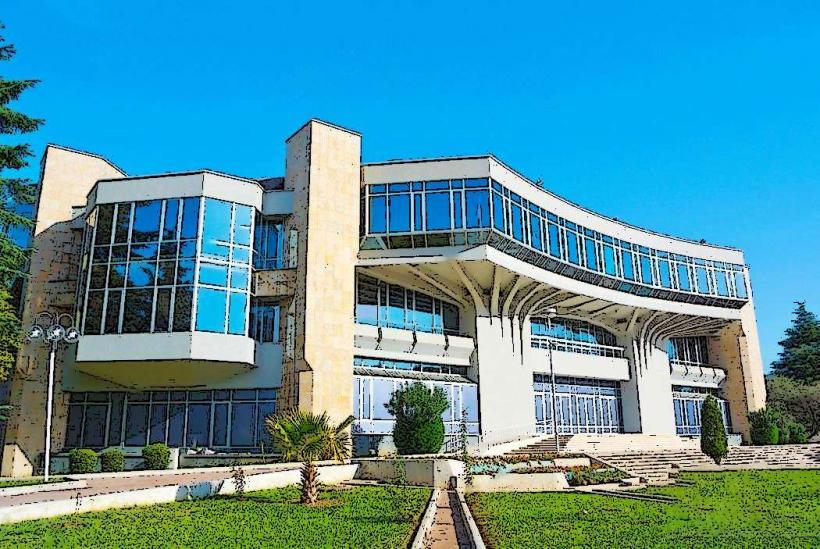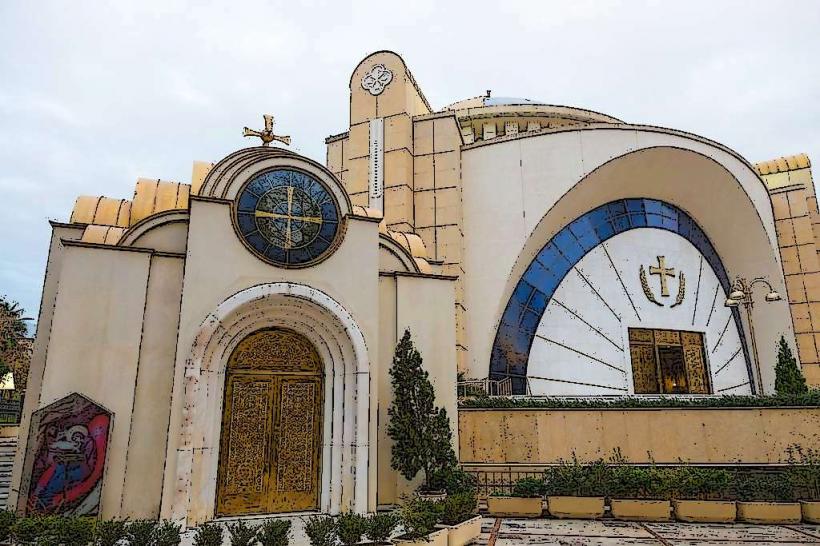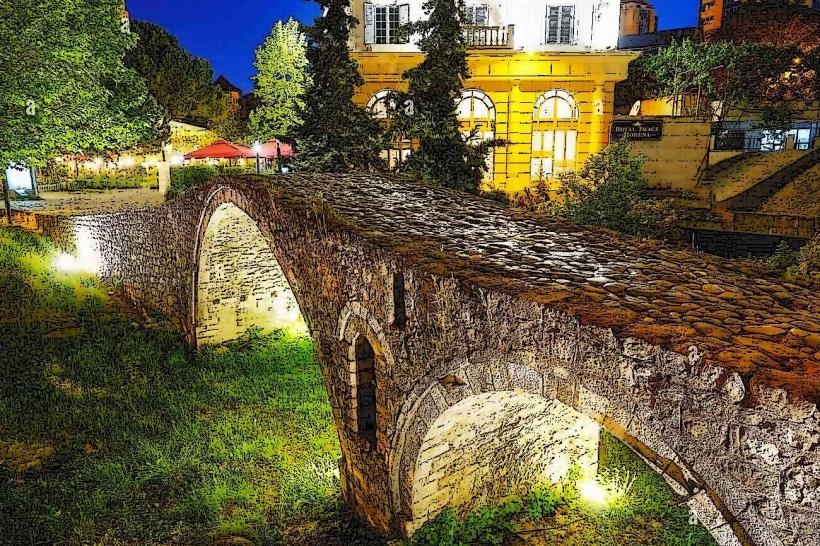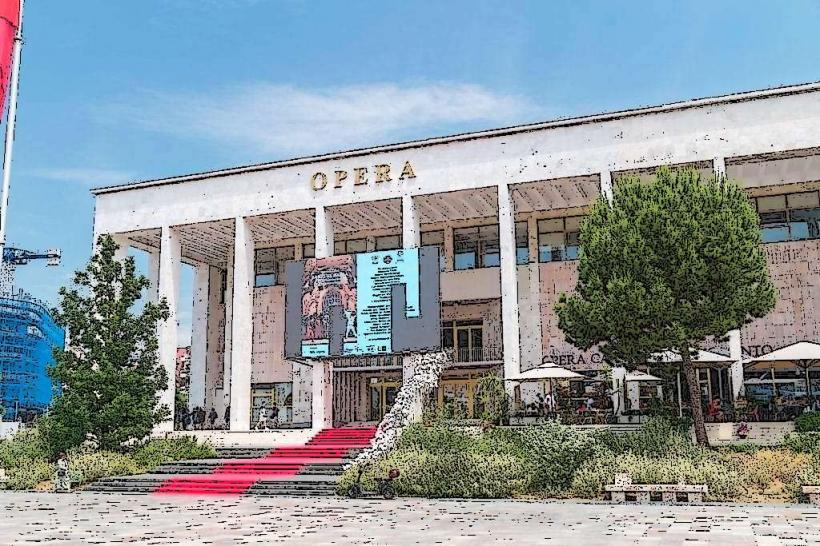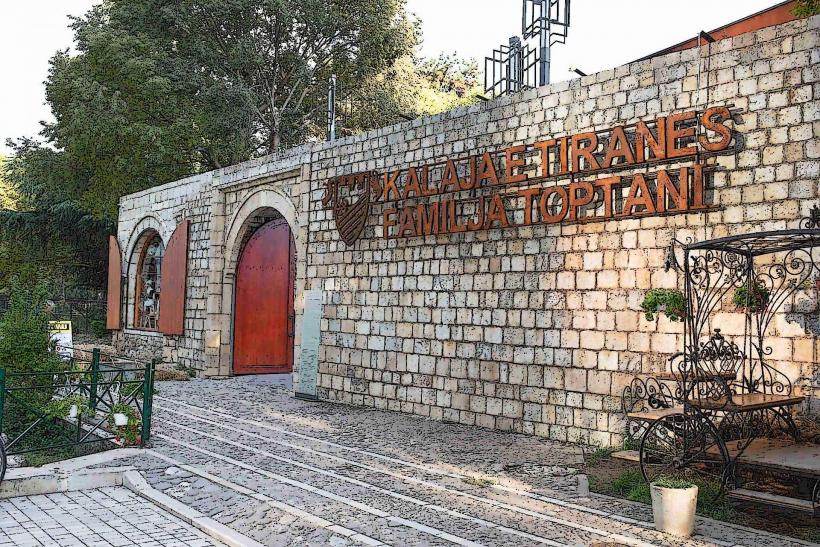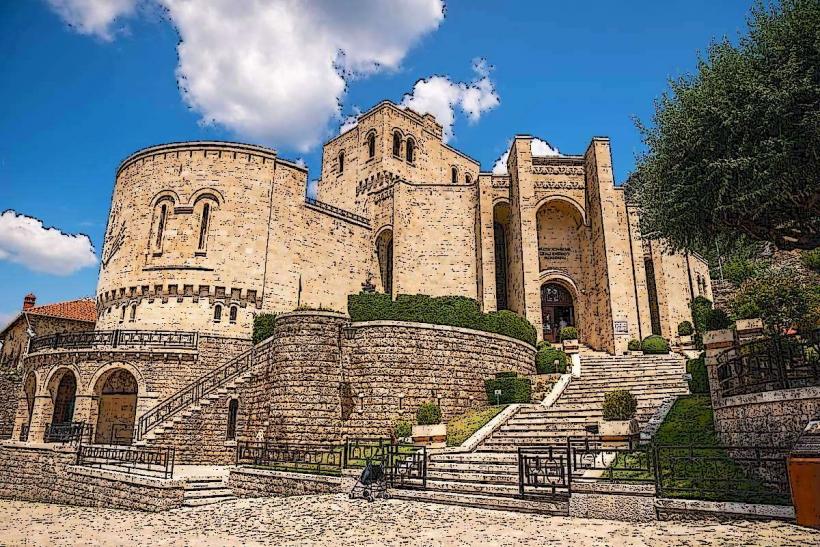Information
Landmark: House of Leaves MuseumCity: Tirana
Country: Albania
Continent: Europe
The House of Leaves Museum (Muzeu i Shtëpisë së Gjelbër), located in Tirana, Albania, is a unique historical and cultural museum dedicated to the history of surveillance and the secret police during the communist era in Albania. The museum is housed in a building that was once the headquarters of the Sigurimi (the Albanian state security service), the notorious surveillance and intelligence agency during the reign of Enver Hoxha's communist regime.
1. Historical Context and Significance
The Sigurimi (State Security Service): During the period of Albanian communism, particularly under Enver Hoxha’s leadership (1946–1985), Albania was one of the most isolated countries in the world. The Sigurimi was the primary tool used by the state to monitor and control its citizens. It was notorious for its widespread surveillance, interception of communications, and systematic repression of any form of dissent. The secret police infiltrated all aspects of life, creating a climate of fear and mistrust among the population.
The House of Leaves: The building that houses the museum was originally used as a residence but became a critical part of the Sigurimi's network. It was here that agents of the state security service carried out covert surveillance on the residents and visitors in and around the area. The building was chosen due to its location and its ability to provide discreet surveillance of the neighborhood.
Transition to a Museum: After the fall of the communist regime in 1991, Albania underwent a period of political and social transformation. In 2017, the building was officially transformed into a museum to preserve the history of the Sigurimi's activities and to educate the public about the methods used to control the population. The museum's goal is to highlight the violations of civil liberties, the harshness of the regime, and the legacy of the surveillance state.
2. The Museum's Structure and Exhibits
The House of Leaves Museum provides an immersive and educational experience, presenting the history of the communist regime's secret police and the methods of surveillance they used. The museum is set up to allow visitors to explore the hidden history of the building and its role in monitoring Albanian citizens.
Interior Layout: The museum's layout reflects the confidential nature of the building's past. The rooms are arranged to simulate the atmosphere of an era marked by secrecy and surveillance. Some areas of the building have been preserved in their original state, with rooms that were used for interrogations and spy operations now serving as exhibits. Visitors can observe the hidden rooms and surveillance devices used by the secret police.
Exhibits: The museum features a combination of historical artifacts, photographs, documents, and audio-visual materials that describe the workings of the Sigurimi. Some of the most prominent exhibits include:
- Historical Documents: These include confidential reports, files, and records of people who were spied upon by the regime.
- Surveillance Equipment: The museum displays various items of surveillance technology, such as hidden microphones, cameras, and listening devices that were used to monitor individuals.
- Interrogation Rooms: The museum offers an opportunity to visit reconstructed interrogation rooms where state security agents would extract information from suspected dissidents or those accused of anti-regime activities.
- Testimonies: Visitors can hear the testimonies of victims who were subjected to surveillance or arrested by the Sigurimi. These accounts provide a human perspective on the trauma caused by the regime's repressive policies.
Interactive Displays: The museum also features interactive displays that allow visitors to engage with the history of the building and the secret police through multimedia presentations. These presentations often include interviews with former agents, victims, and historians who provide insight into the repressive mechanisms of the state.
3. Cultural and Educational Role
Public Awareness: The House of Leaves Museum plays an essential role in educating the public, particularly younger generations, about the repressive tactics used by the Albanian communist regime and the importance of democracy and civil liberties. The museum's interactive exhibits and personal testimonies help visitors understand the extent of the regime's control over the population and the human cost of totalitarian governance.
Memory and Reconciliation: The museum also serves as a site of memory, allowing Albanians to confront the difficult past of their country. For many, the communist regime’s legacy remains a painful subject, and the museum provides a space for reflection and reconciliation. By preserving the history of the Sigurimi and its surveillance tactics, the House of Leaves helps promote dialogue about the importance of freedom and human rights.
Historical Research: The museum is also an essential resource for scholars and researchers who are studying the history of the Albanian communist regime and its oppressive surveillance network. It provides a wealth of primary documents and materials that contribute to a deeper understanding of Albania’s political history.
4. Location and Accessibility
Address: The House of Leaves Museum is located in the center of Tirana, at Rruga e Dajti, just a short distance from some of the city’s other cultural landmarks. Its central location makes it easily accessible to both locals and tourists.
Visiting Experience: The museum is open to the public throughout the week, and guided tours are available for those who want a more detailed understanding of the building’s history and the exhibits on display. The museum is an important stop for those interested in learning about Albanian history, especially its communist past and the legacy of surveillance under the Sigurimi.
5. Controversies and Criticisms
While the House of Leaves Museum has been praised for its educational value, it has also faced some criticisms and challenges:
Public Debate: The museum has sparked public debate regarding the portrayal of Albanian communist history. Some critics argue that the museum’s focus on the negative aspects of the regime might overshadow the achievements of the era, such as industrialization and the improvement of healthcare and education. These debates reflect the ongoing challenges that Albania faces in coming to terms with its communist past.
Political Sensitivity: The museum has also been involved in political controversies, with some political groups seeing it as a tool for advancing a particular narrative about the communist era. However, the museum remains an important space for public reflection and education.
6. Conclusion
The House of Leaves Museum is a significant cultural institution in Tirana that sheds light on one of the darkest periods in Albanian history. By exploring the history of surveillance, state control, and repression during the communist era, the museum offers a powerful reminder of the importance of democracy, freedom, and human rights. It serves as both a memorial to the victims of the regime and a space for education and reflection on Albania's past.



